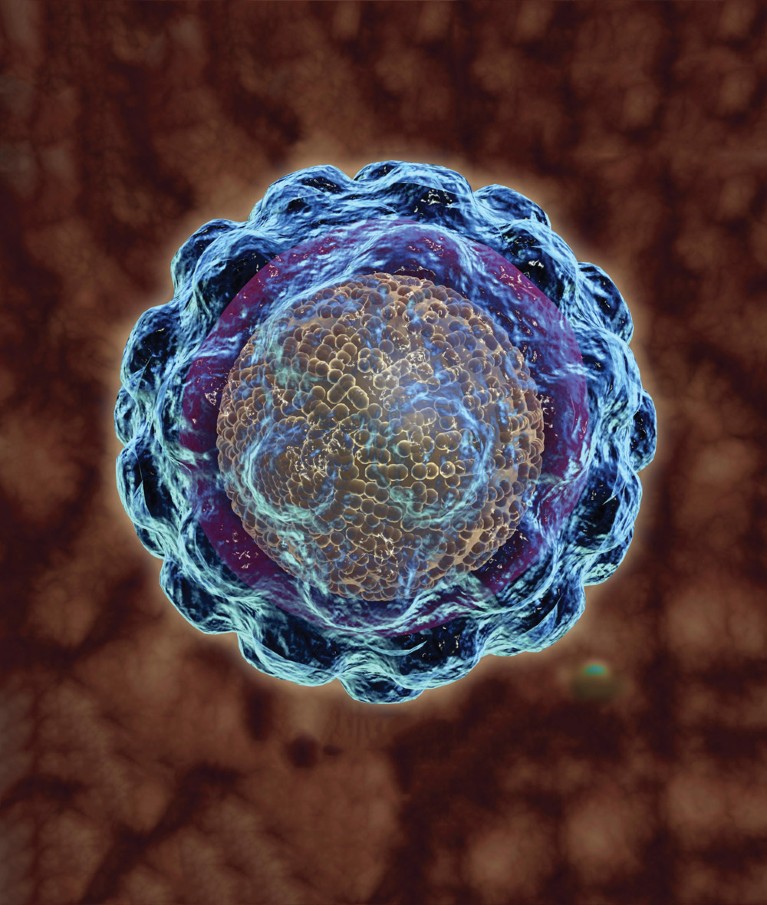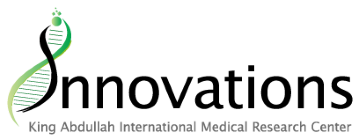
An international study involving KAIMRC hastrialled a combination therapy that showspromise in curing early-stage hepatitis Cvirus (genotype 4).STOCKTREK IMAGES, INC. / ALAMY STOCK PHOTO
An international team of scientists, including KAIMRC’s Faisal Sanai, have had encouraging results using a new combination of antivirals on patients with a hepatitis C virus genotype common in the Middle East. Their results suggest that the combination therapy is highly effective, especially if the infection is caught in the early stages.
The development of new antiviral drugs to treat the hepatitis C virus (HCV) has transformed our ability to tackle the disease, but there is scope for improvement. One challenge is to create fast-acting treatments, reducing discomfort for patients and limiting costs.
HCV is a leading cause of liver disease and, if left untreated, can lead to liver cancer and cirrhosis. The virus is categorised into seven genotypes, each responding to treatment with varying degrees of success. Genotype 4 is most prevalent in the Middle East, where it accounts for 80 per cent of cases. However, it is notoriously difficult to treat, requiring a 48-week treatment regimen using peg-interferon α and ribavirin (known together as PR), with only a moderate success rate.
The development of drugs called ‘direct-acting antivirals’, or DAAs, used in combination with PR, has enabled scientists to target the virus more efficiently than ever before. However, the cost of DAAs limits availability to patients, particularly in resource-poor places.
The research team trialled a combination treatment of a DAA, called simeprevir, and PR on 67 patients with HCV genotype 41 who had never received treatment.
All patients had mild to moderate fibrosis: thickening and scarring of liver tissues. Those who responded well to the treatment within the first two weeks, and who showed undetectable levels of HCV RNA by week eight, were eligible for cessation of treatment at week 12. All others continued treatment until week 24.
Of the 67 patients treated, 34 received the 12-week treatment, and all of these patients had undetectable HCV RNA at the end of the course. Further, 97 per cent of the group continued to be clear of the virus three months later.
“[Such] regimens may broaden the range of patients able to access effective treatment … [and] decreasing treatment duration is very appealing to patients and physicians,” state the authors in their paper published in PLOS One, which reports only on the results of the 12-week regimen. “The cost-effectiveness of early treatment is well-established, particularly [considering] the risks of transmission and [disease] complications.”


